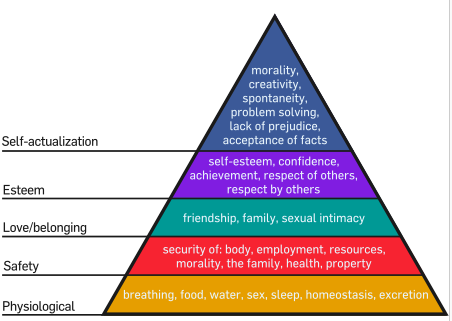While our field staff team was in Frankfort this week, we got into a healthy discussion about “the CIO.” Of course, that acronym stands for Chief Information Officer and has generally been considered as the person leading a school district’s technology efforts. Though we don’t see the title used as often in Kentucky K-12, another common term for this position is the CTO – Chief Technology Officer. Years ago, most of these people were referred to as DTC’s (District Technology Coordinators). Many still are. I’ve also heard reference to Directors of Technology. For the most part, it’s just a title in my opinion. However, in some circles, there are distinctions made and part of this is meant to point that out.
To be honest, the whole conversation started with our leadership’s desire to help address data quality concerns with our school districts. The question asked – and it’s a fair one to ask – was something along the lines of “to whom should we be addressing this?” This led to a comparison of education versus the business world and whether it’s fair to expect that our technology leaders (WHATEVER the title used) are truly the ones best positioned to lead the data quality conversations in their respective school districts.
As I read around the Internet, it appears that businesses in general struggle with this question as well. In some cases, the CIO or IT department leads the data quality effort. In others, that comes from other areas. Quite often, it’s generally stated that data quality is “everybody’s” responsibility. That reminds me of the popular story that I would credit if I could find its true original source:
This is a story about four people named Everybody, Somebody, Anybody, and Nobody. There was an important job to be done and Everybody was asked to do it. Everybody was sure Somebody would do it. Anybody could have done it, but Nobody did it. Somebody got angry about that, because it was Everybody’s job. Everybody thought Anybody could do it but Nobody realized that Everybody wouldn’t do it. It ended up that Everybody blamed Somebody when Nobody did what Anybody could have done.
Well, I don’t have the ‘right’ answer on whose responsibility data quality should be. I know that, in K-12 technology, that leader doesn’t often feel empowered to take actions to correct data quality issues. That would definitely involve some interaction with other departments and department heads. Sometimes, the leadership structure isn’t really designed to have that technology leader in a position to correct or direct other departments.
There’s no money, though, to add a new position of Chief Data Officer. So… since much of this data in entered via technology and into technology-based systems, the technology leadership is a convenient place to tag with this data quality responsibility. Watch as the “CIO” position grows and evolves again, right?
And THAT was really the point of this rambling post. The K-12 CIO position has seen all sorts of growth and evolution in terms of responsibility. If only the staffing and funding were growing to keep pace.
Twenty years or so ago, the CIO/CTO/DTC/IT Director position was created in our school districts and, often, the person hired was “good with computers” or had at least used them on a few occasions. Maybe they knew how to install software or ‘hook up’ a computer. Not long thereafter, they were tasked with actually networking a few computers together. There was DOS, Windows 3.1, Netscape browsers and troubleshoot TCP/IP stacks (and WOW, am I dating myself there!) Then came electronic post offices and something called the Internet. I’ll stop there or I’ll be typing for days at this rate of progression.
Fast-forward to today and, at least in Kentucky, the expectations of our technology and business initiatives that depend on technology are overwhelming. Below is one pyramid representation from our KETS Master Plan:
When I see a pyramid used to represent something, I often hearken back to the one thing I retained from a college psychology class… Maslow’s Hierarchy of Needs:
What Maslow tells us is that those most basic of needs at the bottom of the pyramid have to be met before the human will be motivated to address the higher level of needs.
Now… look at the technology pyramid again that represents these business initiatives that are all around us. You’ll note that the bottom of the pyramid consists largely of basic hardware and infrastructure. If you combine that pyramid with the theory behind Maslow, you’ll determine that our K-12 technology staff cannot and will not be highly motivated to address the highest layers of the pyramid if the most basic layers are not addressed.
Here’s the problem, though. As far as the life of the K-12 CIO is concerned, the construction of the pyramid is constant. Also, it doesn’t simply grow taller. The base grows as well. More and more devices are being purchased and/or being brought into the school district. This requires more and more infrastructure (particularly wireless infrastructure today) to address those basic connections. We all know that budgets are limited. We’re unable to staff appropriately or replace equipment on a timeline to keep everything as reliable as needed to feel confident in tackling those higher layers of the pyramid.
In my position, I’m asked to encourage CIOs in K-12 and help them try to address all of these items in the pyramid. There’s nothing wrong with that and everyone needs to strive to improve. I thought it was important to recognize, though, that managing a technology department in a school district is a huge challenge. One of the biggest reasons is that there IS no “department” in many of our small to mid-sized school districts. It’s just you or just a few of you, and that makes it very difficult to maintain the pyramid of technology as everyone at the federal, state and local level keep expanding it upward and outward.

